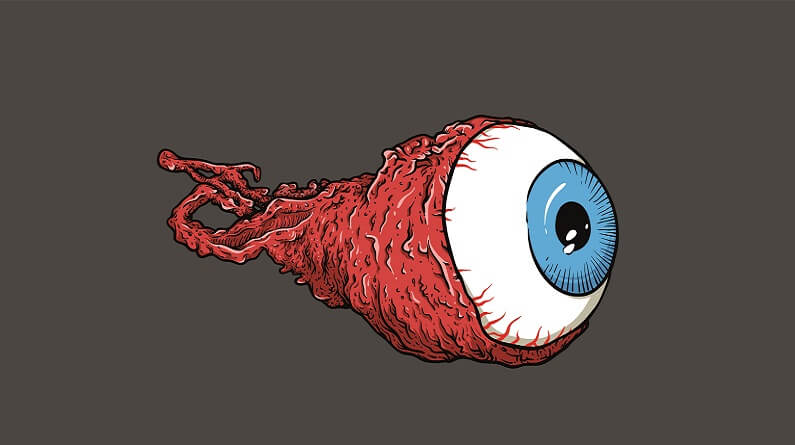Understanding Age-Related Macular Degeneration (AMD)
Age-related Macular Degeneration (AMD) is a condition that affects the macula, the small central part of the retina responsible for central vision. As we age, the macula can deteriorate, leading to blurred or lost vision in the center of our visual field.
How the Eye Works
To understand AMD, it’s essential to know how the eye works. The retina is like a camera screen, capturing images that are sent to the brain via the optic nerve. The macula is the center portion of the retina, responsible for focusing central vision and containing millions of nerve endings that receive and transmit visual information.
Types of AMD
There are two types of AMD:
1. Dry AMD: The more common type, where the macula thins with age, and yellow deposits called drusen grow in tiny lumps, damaging the macula.
2. Wet AMD: Less common but more severe, where new, abnormal blood vessels grow under the retina, leaking blood and causing scarring.
Stages of AMD
AMD progresses through three stages:
1. Early AMD: Vision loss is not noticeable, but degeneration can be detected during a routine eye exam.
2. Intermediate AMD: Some vision disturbances may occur, but symptoms are not severe.
3. Late AMD: Vision loss becomes noticeable, and a black spot appears in the center of the visual field.
Risk Factors
The risk of developing AMD increases if you:
– Eat a high-fat diet
– Smoke cigarettes
– Are over 50 years old
– Are overweight
– Have hypertension
– Have a family history of AMD
– Have heart disease
– Have high cholesterol levels
Diagnosis
AMD is diagnosed through a comprehensive eye exam, including:
– Dilating eye drops to widen the pupil
– Fluorescein angiography to detect abnormal blood vessels
– Optical coherence tomography (OCT) to scan the retina and macula
– Optical coherence tomography angiography (OCTA) to detect abnormal blood vessels without dye
Treatment
While AMD is not curable, some management options are available:
– Anti-angiogenic drugs to stop new blood vessel growth and block leaking
– Laser therapy to destroy actively growing new blood vessels
– Vitamin supplements like vitamins C and E, beta-carotene, and minerals like zinc and copper
– Eating a balanced diet rich in fruits, vegetables, and omega-3 fatty acids
By understanding AMD, its risk factors, and treatment options, we can take steps to protect our vision and maintain healthy eyes.
References:
https://www.webmd.com/eye-health/macular-degeneration/age-related-macular-degeneration-overview#1
https://www.mayoclinic.org/diseases-conditions/dry-macular-degeneration/symptoms-causes/syc-20350375
https://www.aao.org/eye-health/diseases/amd-macular-degeneration

